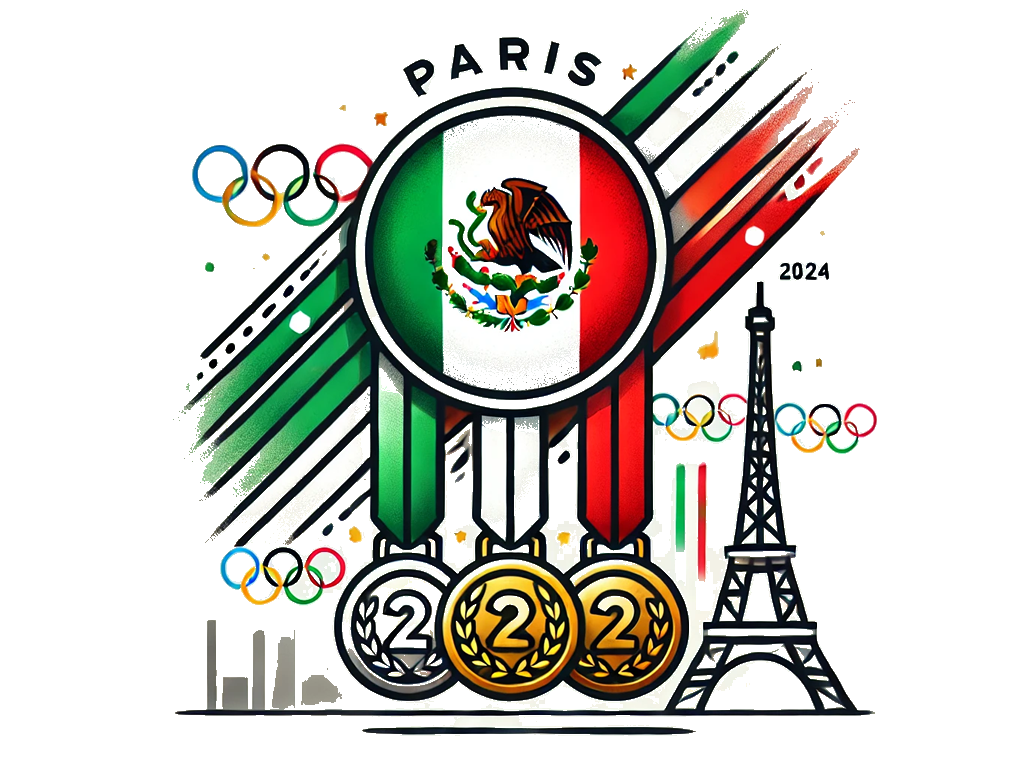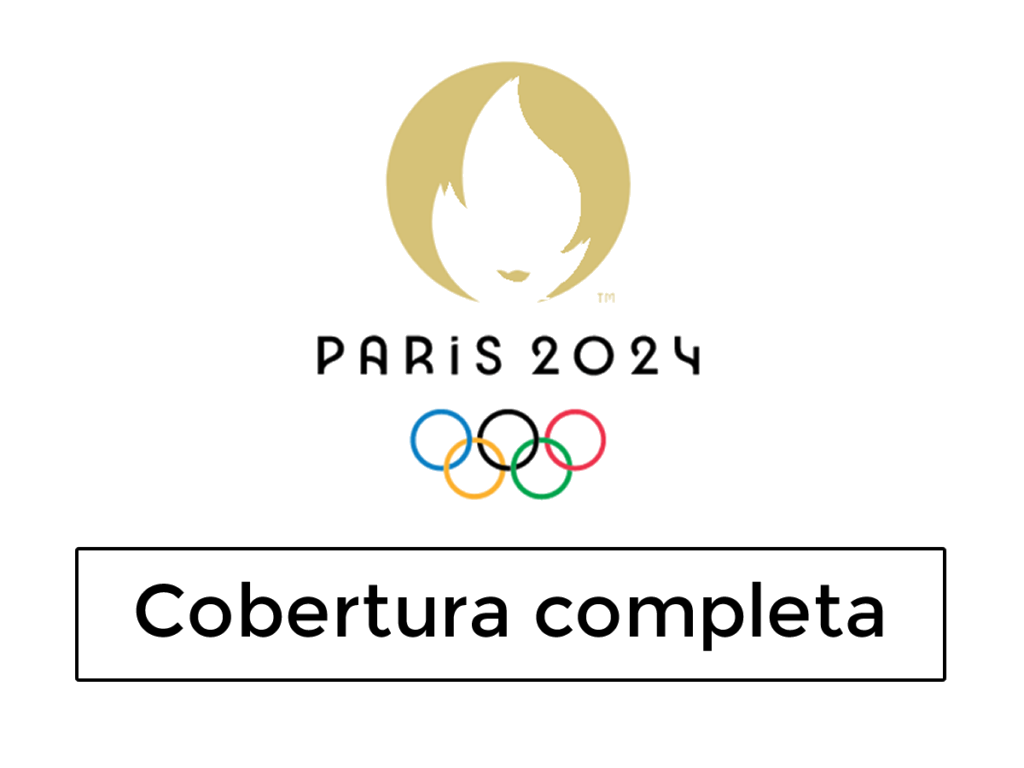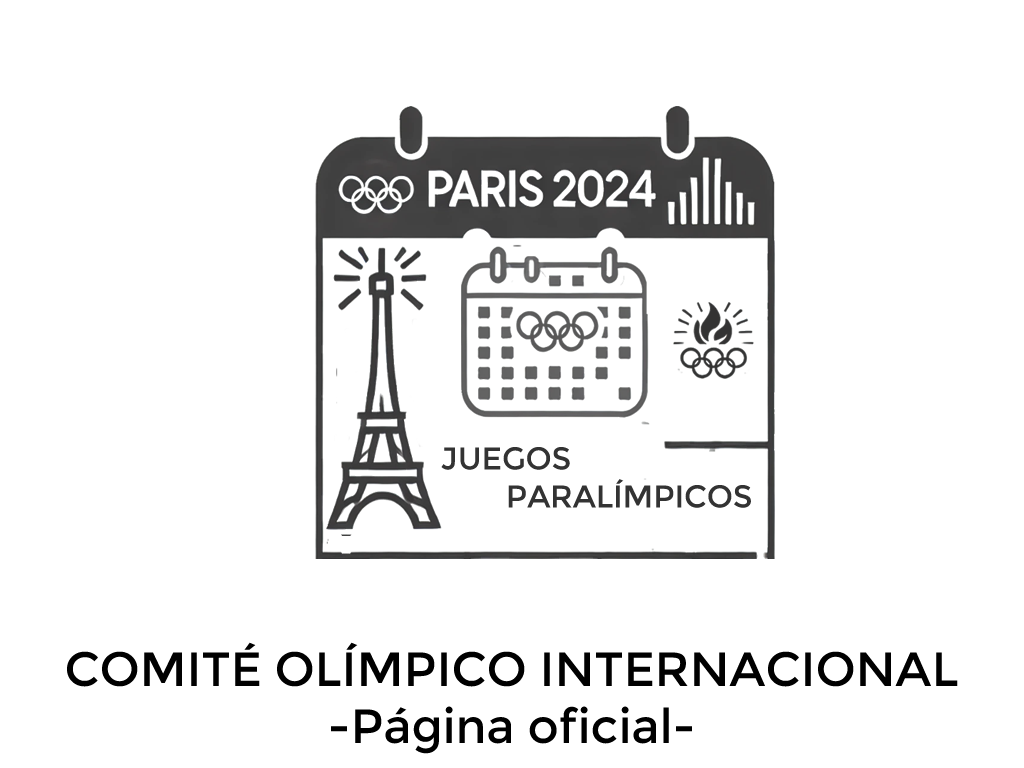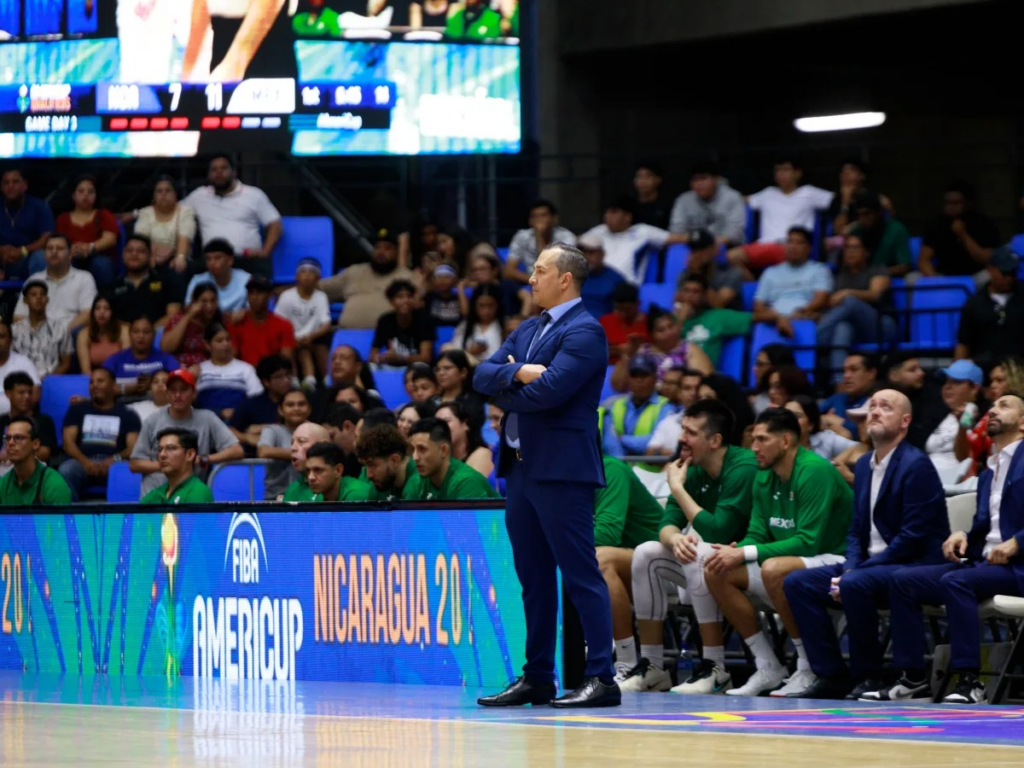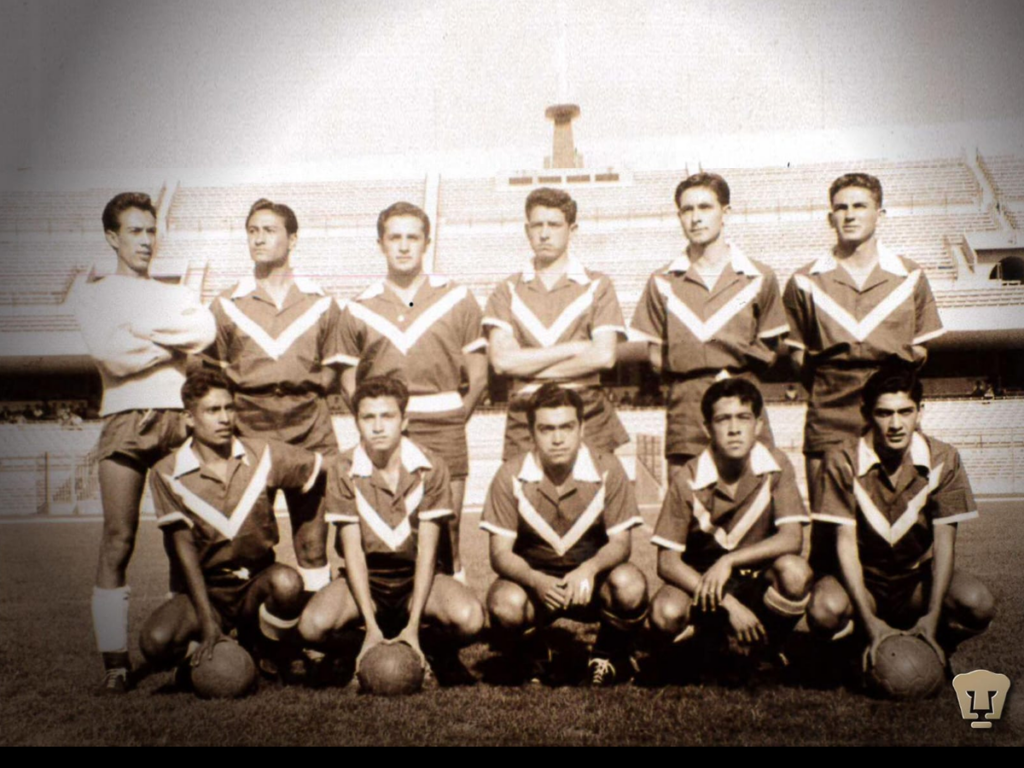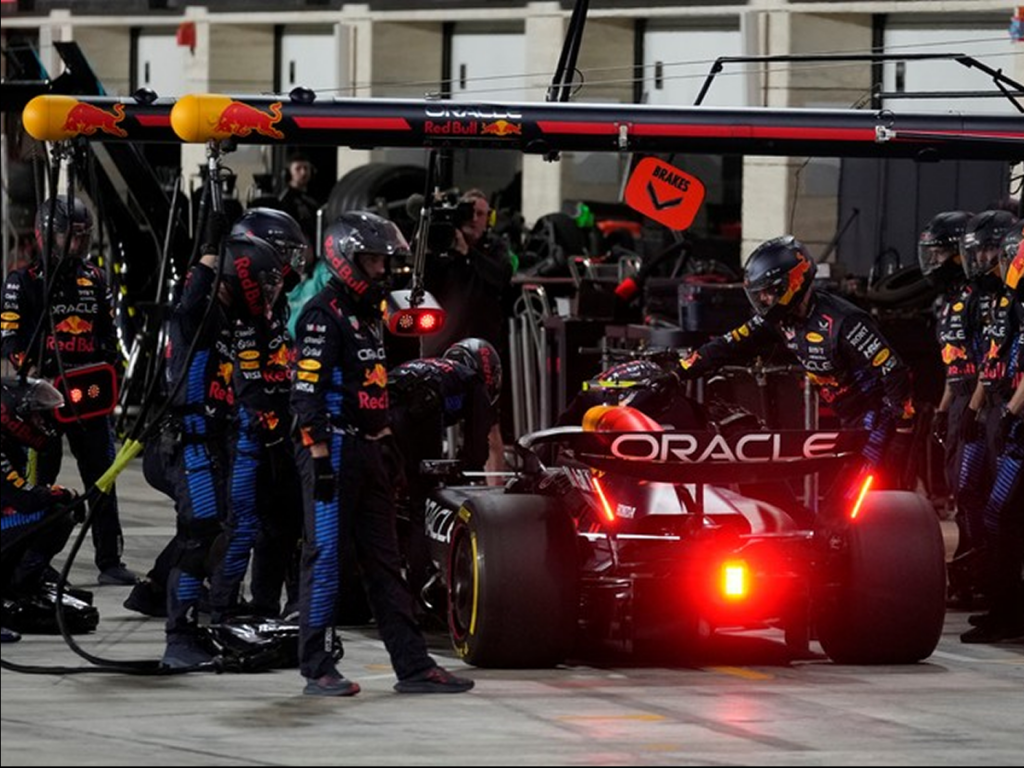Omar Quintero Highlighted the Generational Change in the Mexican Men’s Basketball Team
Coach Omar Quintero emphasized the generational renewal of the Mexican men’s basketball team after the Second Window for the 2025 AmeriCup qualification, highlighting young prospects and expressing confidence in securing qualification in February. After the conclusion of the Second Window of the AmeriCup 2025 Qualifiers, the coach of the Mexican basketball team, Omar Quintero, praised the team’s progress and highlighted the ongoing generational transition. This shift is gearing up for the third and final window, scheduled for February, where the teams that will compete in the continental tournament will be determined. Quintero highlighted the performance of young talents such as 21-year-old Gael Bonilla and 17-year-old Karim López, who stood out on the court against strong teams, despite the key absences of players like Joshua Ibarra, Francisco Cruz, Gabriel Girón, and Daniel Amigo. “We are working on this process of generational change, and Gael Bonilla, a pillar of the youth, and the promising Karim López, have been very important. They will lead the national team in the coming years; Moisés Andriassi is another young player who is doing very well. Good things are coming for Mexico, and that’s the most important thing, renewing our national team,” he commented. “We need to work on our interior game, which has been lacking in these two windows, and that’s where we’ve been hurt, but other than that, I’m satisfied with what the guys have done because with what we have, we’ve competed against teams like the Dominican Republic and now Canada,” he added. Also of interest: The Diablos Rojos defeated the Halcones de Xalapa in Game 2 of the LNBP Grand Final The Second Window resulted in a victory over Nicaragua and a close loss to Canada, a high-level team that Mexico put up a strong fight against. Based on this performance, Quintero is confident that the team will secure its spot in the International Basketball Federation (FIBA) tournament in February. “The guys fought from the first minute until the end against the number five team in the world, Canada. I feel that we can compete against any team. The guys did wonderfully; we lost that game, but it’s an experience, a new lesson, and we need to learn to close games, keep preparing, and try to have the best possible full team,” he said. During the decisive February window, Mexico will face Nicaragua and Canada again, fighting for one of the two available spots in Group C.
Omar Quintero Highlighted the Generational Change in the Mexican Men’s Basketball Team Read More »
